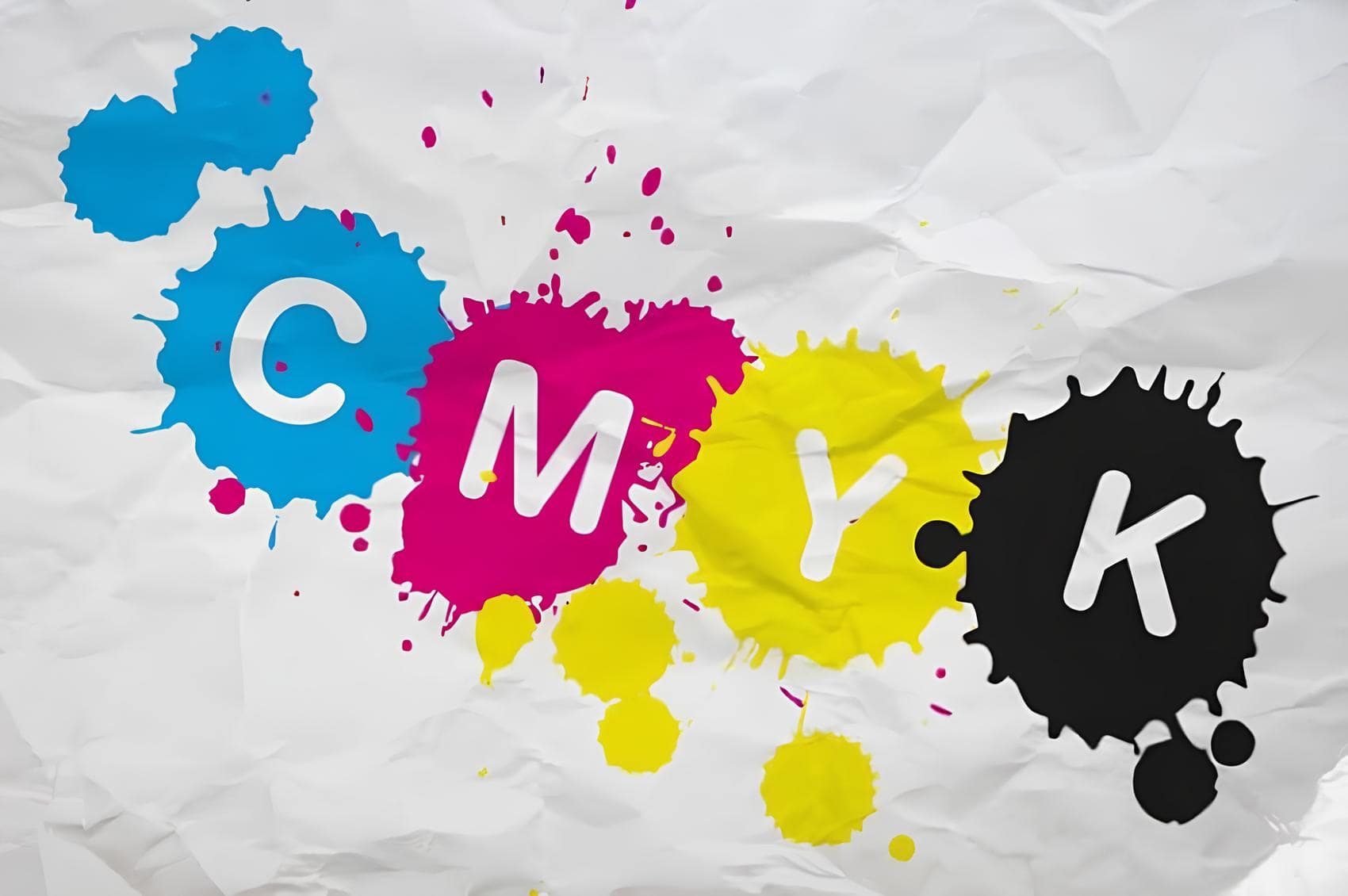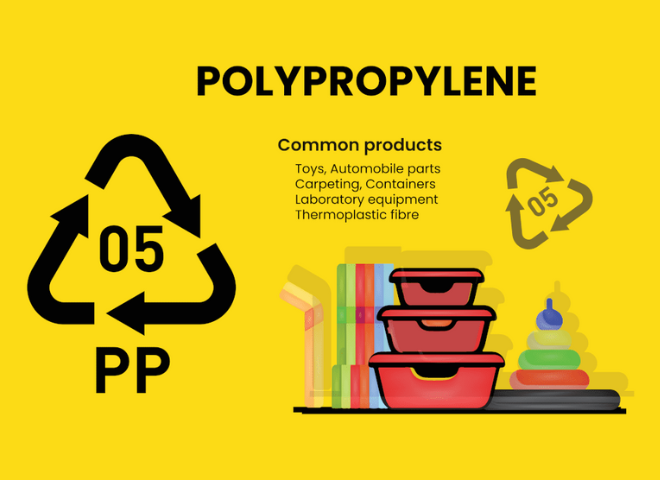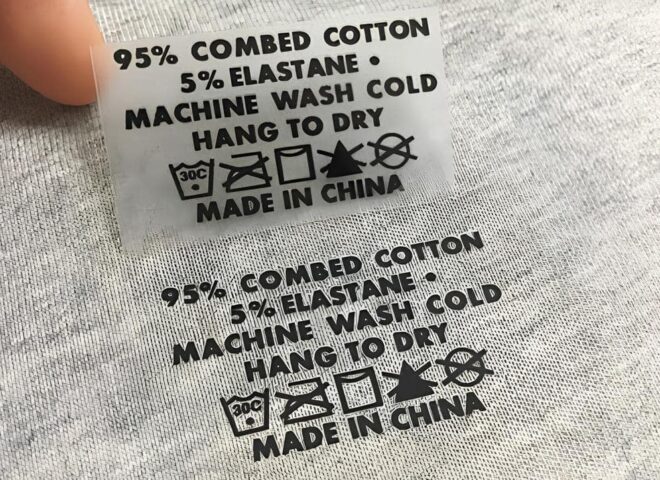CMYK: COLOR TABLE APPLICATION IN PACKAGING PRINTING
If you’ve ever used a commercial printing service, you’ve probably heard the term CMYK. So what is CMYK, and why is it important to the printing process? In this article, we’ll explore the definition of CMYK color, its role, and applications, find out why this color process is so popular in the printing industry, and how to make sure your designs use the right colors for the perfect printed product!
1. What is CMYK?
CMYK is a color model that stands for Cyan, Magenta, Yellow, and Key. It is the most commonly used color model in commercial printing. Unlike RGB – the color model used for electronic screens – CMYK works on the principle of absorbing light to create color. When Cyan, Magenta, and Yellow are combined in varying degrees, they create other colors. Key black is added to enhance the contrast and detail of the print.
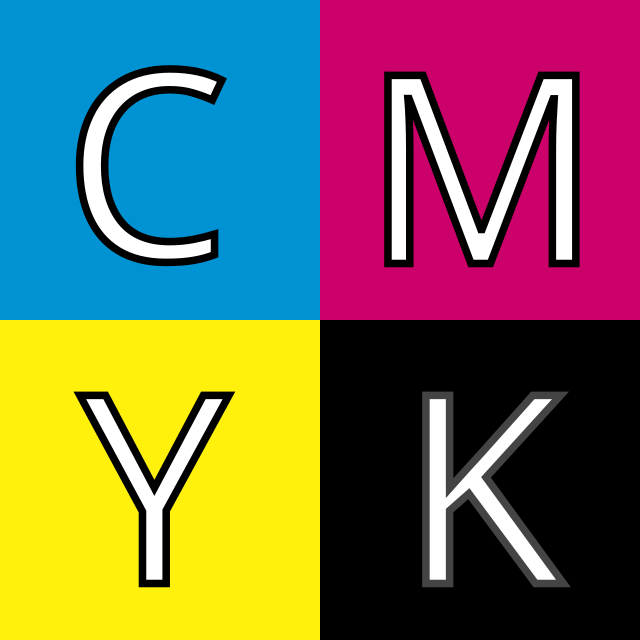
Decoding the CMYK color chart
2. The role of CMYK color system in printing
The CMYK color system plays an important role in the printing industry, helping to reproduce accurate colors and improve the quality of products. Four-color printing technology using CMYK produces sharp, high-contrast prints, helping to bring impressive effects. To ensure that the printed colors are as desired, color data from RGB format must be converted to CMYK. This highlights the importance of the CMYK color system in the production process.
Why is CMYK important in color printing?
The CMYK color system is the foundation for the color printing process, providing prints with a vibrant and eye-catching color gamut. However, due to the characteristics of this color system, colors displayed on computer screens (RGB) will often have differences when printed. Some colors in the RGB range cannot be accurately reproduced in the CMYK range, resulting in slight color differences between the screen and the print.
The impact of color differences when printing
Although modern printing devices all use the CMYK color system, colors are not always accurately transmitted from the computer to the printer. The difference in RGB and CMYK color formats can cause colors on the print to be faded or unsatisfactory. Therefore, editing and converting colors before printing is necessary to ensure high quality prints.
How to Correct Color for Best Print Results
There are several methods of color correction based on the source data and the desired print quality. If the source data is of good quality, the correction process is less complicated. However, in cases where high-quality prints are required, the color correction process requires a higher level of technique and meticulousness. Design software such as CorelDraw, Adobe Photoshop, and Adobe Illustrator are very supportive in color correction and print data preparation.
3. Application of CMYK in printing
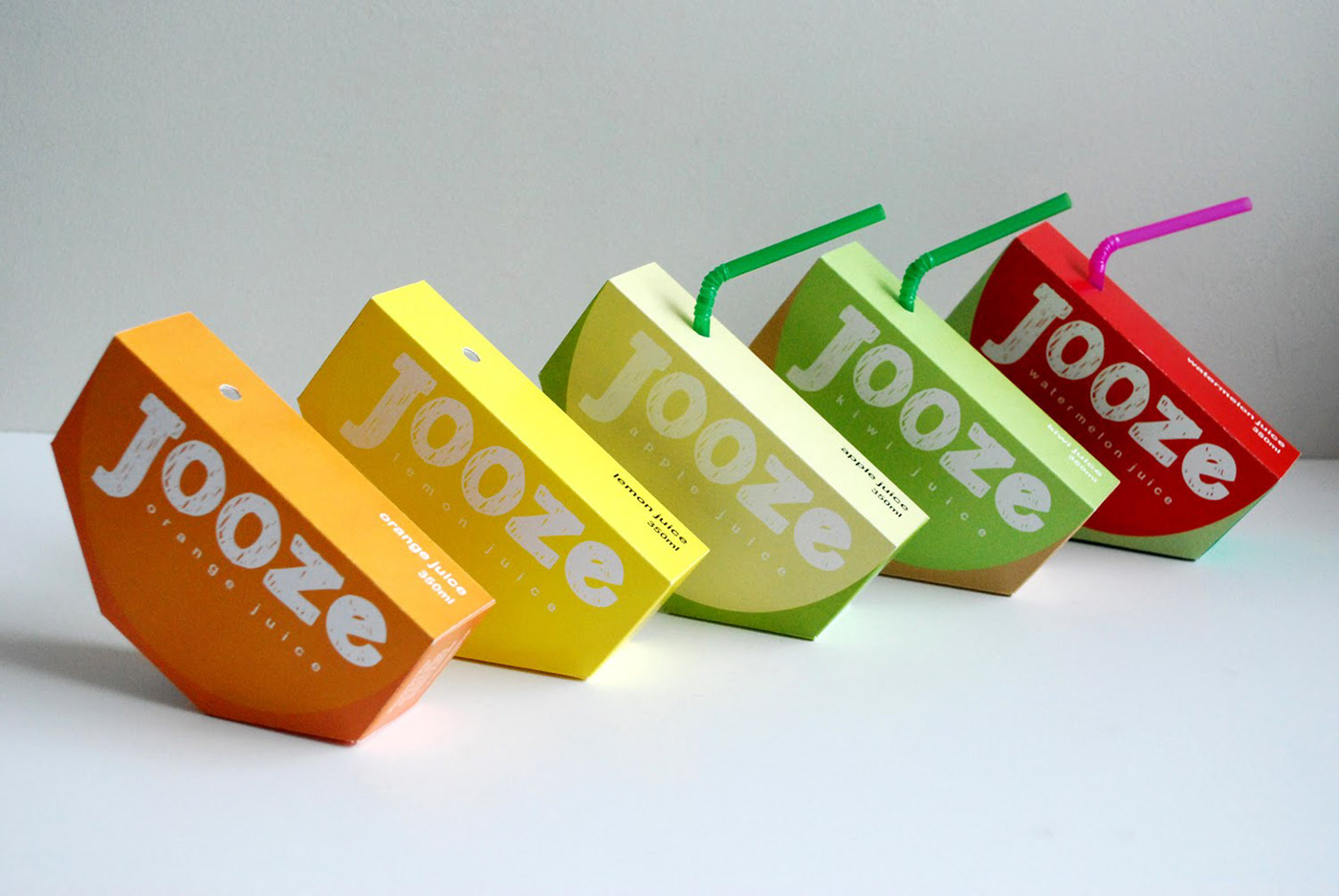
Application of CMYK color system in packaging printing
The CMYK color palette has many important applications in life and production, especially in the printing industry. This color system can be applied to many modern printing technologies such as offset printing, laser printing, UV printing, and many other methods.
Offset printing is one of the most popular technologies using the CMYK color system. This method is often applied to produce publications such as flyers, brochures, catalogs, books, newspapers, and many other printed products. Offset printing is popular because of its ability to accurately reproduce colors, print large quantities at reasonable costs, bringing great advantages to businesses.
Using the CMYK color system in printing paper bags and paper boxes helps create beautiful and professional packaging products. CMYK printed packaging is often used for advertising campaigns, gifts, or product packaging, bringing high marketing efficiency and helping to enhance the brand.
Conclusion
The application of CMYK color system in printing not only brings vivid colors but also ensures professionalism and high quality for printed products. That is why CMYK is always the first choice for many businesses in the production of printed and packaging products.
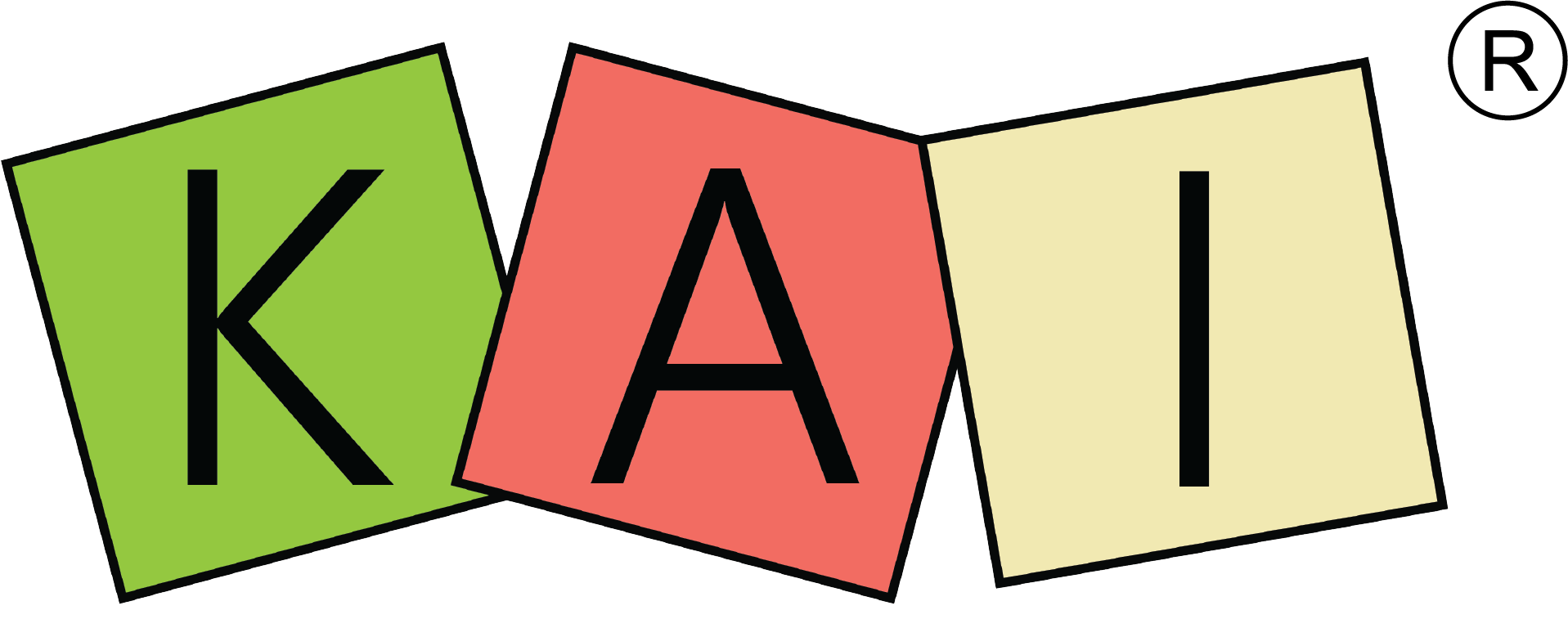
 Eng
Eng
